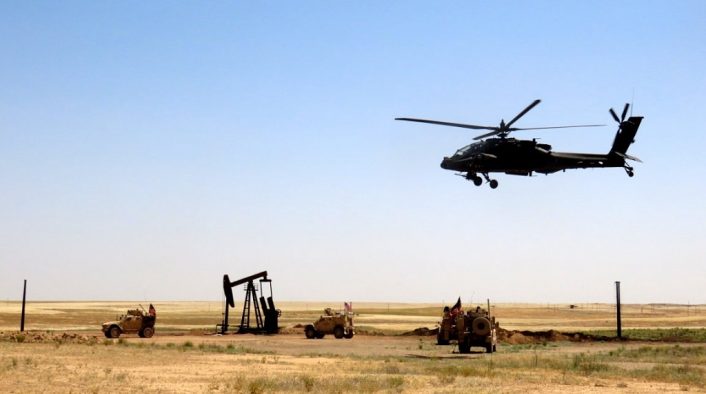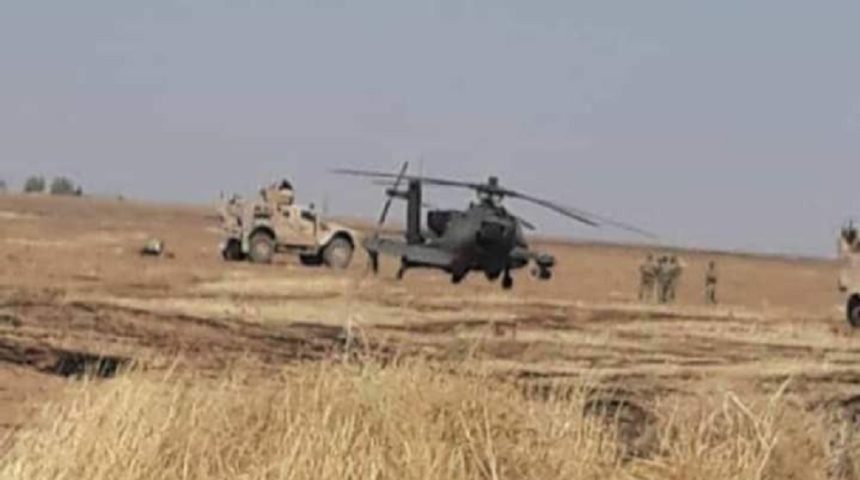The Helicopter Safely Returned To Base After Checking Out A Possible Transmission Fault.
A U.S. Army AH-64 Apache attack helicopter performed a precautionary landing during an operational mission over northern Syria in the morning of Sept. 15, 2020, after the crew noticed a possible transmission fault.
On the very same day, local social media accounts began reporting the crash or emergency landing of a U.S. helicopter, but these claims were later denied by Col. Wayne Marotto, Operation Inherent Resolve Spokesman, who confirmed that this was indeed a precautionary landing in an official statement:
A coalition helicopter conducted an emergency landing at approximately 0930 15SEPT20 in N Syria. The incident was not the result of hostile activity and the helicopter landed safely. Emergency personnel responded to the incident and there were no injuries & crew recovered.
— OIR Spokesman Col. Wayne Marotto (@OIRSpox) September 15, 2020
The helicopter conducted a precautionary landing after the crew received indication of a possible transmission fault. The helicopter and crew departed the landing site and have safely returned to a base in north-eastern Syria. The crew on board did not sustain any injuries. 2/2.
— OIR Spokesman Col. Wayne Marotto (@OIRSpox) September 15, 2020
As mentioned by Col. Marotto, the incident was not caused by hostile fire and the crew landed without injuries. A Quick Reaction Force (QRF) of the U.S. Army was dispatched to the area to provide security and assist the helicopter’s crew until they were able to take off again and return to an unspecified base in north-eastern Syria.
This kind of incidents with the Apache are not uncommon and at least two similar precautionary landings were reported already this year during training missions in the United Kingdom and in India. However, unlike those, a precautionary/emergency landing in a combat zone or high threat environment poses some additional risks to the helicopter and its crew.

As already known, the U.S. Army deployed several helicopters to Forward Operating Bases (FOB) in the area to provide support to coalition ground troops operating as part of Operation Inherent Resolve. Among those, various UH-60 Blackhawk (both the UH-60M and HH-60M MEDEVAC variants) and AH-64 Apache helicopters have been sighted, including the advanced AH-64E Apache Guardian.
Due to the high threat environment, saturated with heat-seeking shoulder-fired surface-to-air missiles, better known as MANPADS (MAN-Portable Air Defense Systems), of at least three different types (the Soviet-era 9K32 Strela-2 (SA-7 “Grail”) and 9K310 Igla-1 (SA-16 “Gimlet”), and the Chinese FN-6 Hongying-6), the helicopters deployed there were among the first to receive new advanced DIRCM-based (Directional Infrared Counter Measures) defensive systems, like the AN/AAQ-24 LAIRCM (Large Aircraft InfraRed CounterMeasure).









